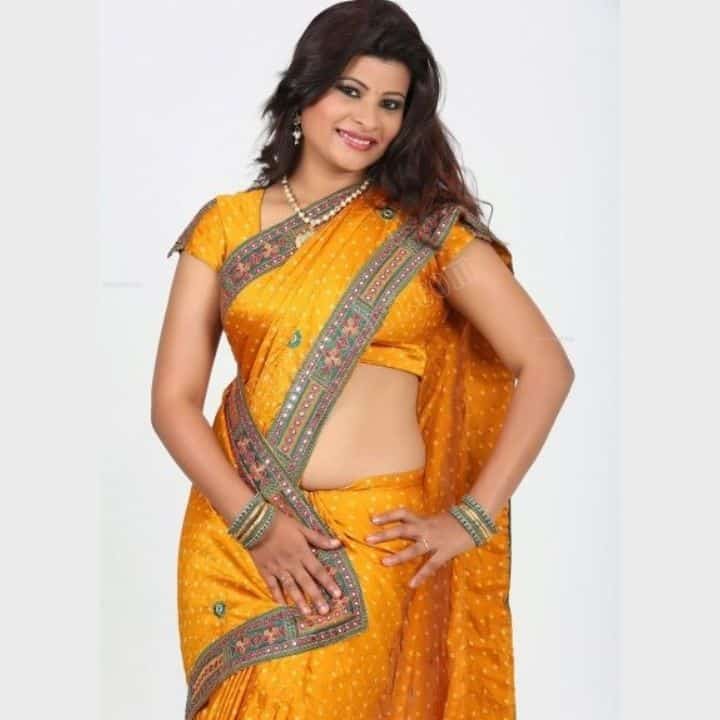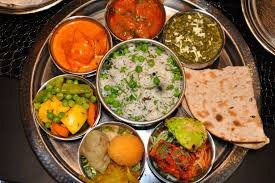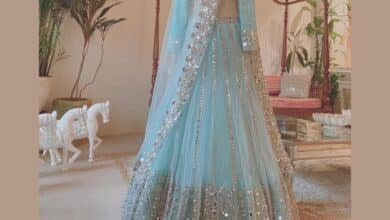
In this article we will discuss about Indian Cross Dressing Stories
Indian cross dressing stories offer a fascinating glimpse into the intricate interplay of gender, culture, and identity in India. This unique aspect of storytelling reflects the diverse experiences of individuals who challenge traditional gender norms through the art of cross dressing. From folklore and theater to contemporary narratives, these stories reveal the complex relationships between society, self-expression, and cultural heritage.
The Cultural Context of Cross Dressing in India
Indian Cross Dressing Stories is not a new phenomenon; it has deep roots in various cultural practices and religious traditions. From ancient texts to modern-day expressions, cross dressing has been a means of exploring gender fluidity and challenging societal norms. In Indian mythology, characters such as Lord Krishna and Arjuna are often depicted in female attire, highlighting the fluidity of gender roles in sacred narratives. These stories serve as a testament to the rich tapestry of Indian culture, where the boundaries of gender are often blurred.
Indian Cross Dressing Stories has also been a part of various theatrical traditions in India. The famous Kathakali and Koodiyattam forms of dance-drama often involve male performers portraying female characters, showcasing not only their artistic prowess but also the cultural acceptance of gender performance. These performances have given rise to numerous Indian cross dressing stories that celebrate the beauty and complexity of gender identity.
Indian Cross Dressing Stories in Literature
Literature has been a powerful medium for expressing the nuances of gender identity and cross dressing in India. Renowned authors like Ismat Chughtai and Saadat Hasan Manto have explored themes of gender and sexuality through their works. In Manto’s stories, the act of cross dressing is often used to challenge societal norms and bring attention to the struggles faced by marginalized communities. These narratives not only entertain but also provoke thought, encouraging readers to reflect on their own perceptions of gender.
Modern literature continues to explore Indian cross dressing stories with fresh perspectives. Novels such as “The Ministry of Utmost Happiness” by Arundhati Roy delve into the lives of characters who navigate the complexities of identity, including cross dressing as a form of self-expression. Such stories illustrate the evolving landscape of gender in contemporary Indian society, where individuals are increasingly embracing their true selves.

Cinema and Cross Dressing: A Visual Narrative
Indian cinema has long been a medium for exploring gender fluidity, with numerous films featuring cross dressing as a central theme. Classic movies like “Chhoti Si Baat” and “Khubsoorat” portray male characters dressing as women for comedic effect, often leading to humorous situations that also challenge traditional gender roles. These films have contributed significantly to the body of Indian cross dressing stories, blending entertainment with social commentary.
In recent years, more nuanced portrayals have emerged in Bollywood and regional cinema. Films like “Bajrangi Bhaijaan” and “Shubh Mangal Zyada Saavdhan” depict characters who navigate their identities in a society that often stigmatizes deviation from the norm. These narratives not only entertain but also play a vital role in fostering acceptance and understanding of diverse gender expressions.
Personal Narratives and the Power of Storytelling
Beyond literature and cinema, personal narratives surrounding Indian cross dressing stories provide invaluable insights into the lived experiences of individuals. Many people share their journeys of self-discovery, often highlighting the challenges they face within their families and communities. These stories resonate deeply, offering a sense of connection and solidarity to those who may feel isolated due to their gender identity.
Online platforms and social media have become crucial spaces for sharing these narratives. Blogs, vlogs, and podcasts featuring Indian cross dressing stories allow individuals to express their experiences authentically. These platforms not only provide a voice to the marginalized .
Cross Dressing and Identity Politics
The intersection of cross dressing and identity politics is a significant theme in contemporary discussions around gender in India. As more individuals embrace their authentic selves, the dialogue around gender fluidity and cross dressing has gained momentum. Activism and advocacy efforts aimed at promoting LGBTQ+ rights have further highlighted the importance of recognizing and celebrating diverse identities.
Indian cross dressing stories play a crucial role in this dialogue, shedding light on the struggles and triumphs of individuals who defy societal expectations. By amplifying these voices, society can begin to challenge stereotypes and foster a more inclusive environment for everyone, regardless of their gender identity.
Challenges Faced by Cross Dressers in India
Despite the rich cultural heritage surrounding cross dressing, individuals who engage in this practice often face significant challenges. Stigmatization, discrimination, and violence are all too common for those who do not conform to traditional gender norms. Indian cross dressing stories often reflect these harsh realities, illustrating the struggles faced by individuals as they navigate their identities.
Support systems, such as LGBTQ+ organizations, play a vital role in providing resources and safe spaces for cross dressers. These organizations work tirelessly to raise awareness about the issues faced by the community, advocating for legal protections and social acceptance. By sharing their stories, individuals can contribute to a broader understanding of the complexities surrounding cross dressing and gender identity.
The Future of Indian Cross Dressing Stories
As society continues to evolve, so too will the narratives surrounding Indian cross dressing. The growing acceptance of diverse gender identities in urban centers, fueled by activism and education, promises a brighter future for those who express themselves through cross dressing. Storytelling will remain a powerful tool in shaping perceptions and fostering understanding.
Indian cross dressing stories will continue to evolve, reflecting the changing landscape of gender and identity in India. Whether through literature, cinema, or personal narratives, these stories will serve as a testament to the resilience and creativity of individuals who challenge societal norms. By embracing and sharing these narratives.
Final Thoughts Of Indian Cross Dressing Stories
Indian cross dressing stories are a vibrant part of the cultural fabric of India, encapsulating the complexities of gender identity and expression. From ancient traditions to modern narratives, these stories reflect a rich history of challenging norms and celebrating diversity. As more individuals share their experiences and society becomes increasingly open to varied expressions of identity, the future of Indian cross dressing stories promises to be dynamic and transformative.
Read More : When to Apply Eye Cream




